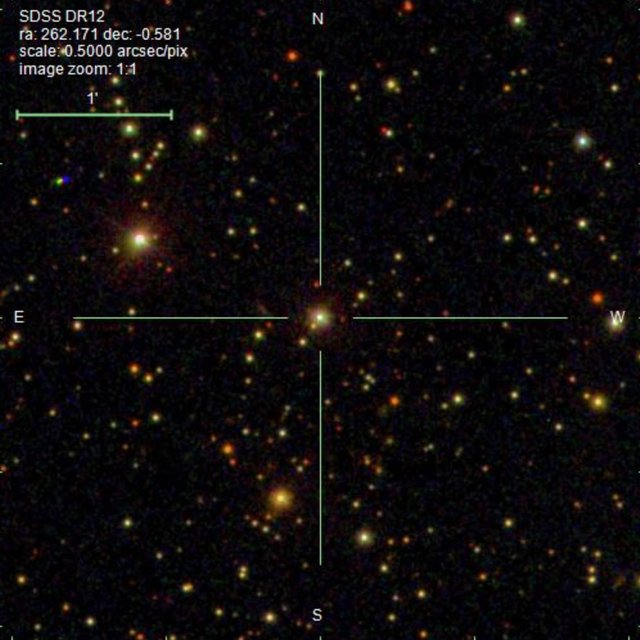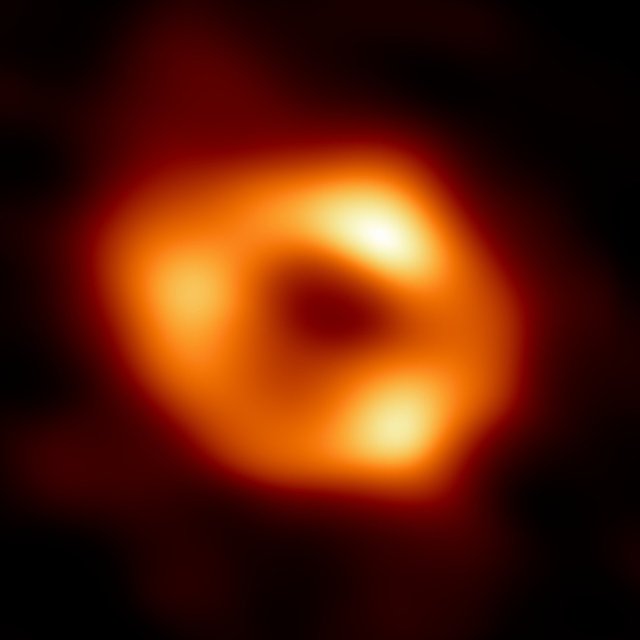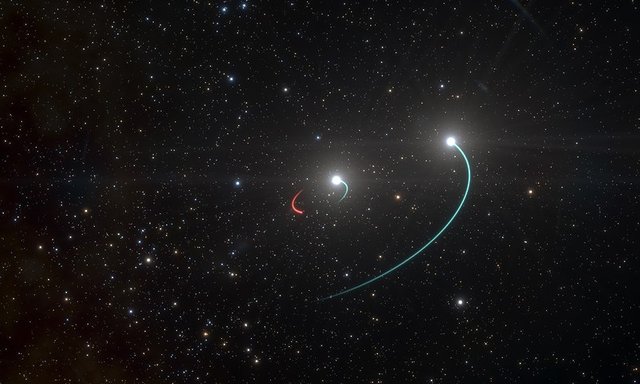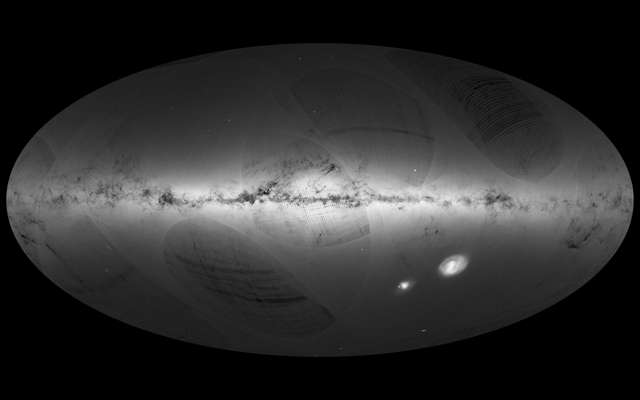The closest black hole to us.
The closest black hole to us.

Souce
The black hole that they have found has about 12 times the mass of the Sun and is located about 1550 light years away, with 12 times the mass of the Sun, which is a very respectable mass, it would be within the so-called stellar mass black holes, which is very far from the most intermediate black holes ranging from 100 to a million solar masses, and of course it would be very far from super massive black holes with several million solar masses.

Souce wikimedia.org
The most important black hole for us is Sagittarius A*, located in the center of our galaxy, the Milky Way, about 26,000 light years away from Earth and with an estimated mass of about 4.3 million times the mass of the sun. which is a monster.

Souce wikimedia.org
The International Group based at the University of KU Leuven in Belgium demonstrated in this year of 2022 that what was seen in the binary system HR 6819 was not the product of a black hole, what was happening there is that one of the two stars was in a rare stage, a stage astronomers call stellar "vampirism" because the star was stealing material from its companion star, vampirizing it.

Souce wikimedia.org
The second reason why this latest finding is very important is because finding this type of stellar black hole is very difficult. The team of scientists analyzed data from almost 200,000 binary stars provided by the Gaia space observatory mission of the european space agency
Thank you for visiting my blog. If you like posts about #science, #planet, #politics, #rights #crypto, #traveling and discovering secrets and beauties of the #universe, feel free to Follow me as these are the topics I write about the most. Have a wonderful day and stay on this great platform :) :)